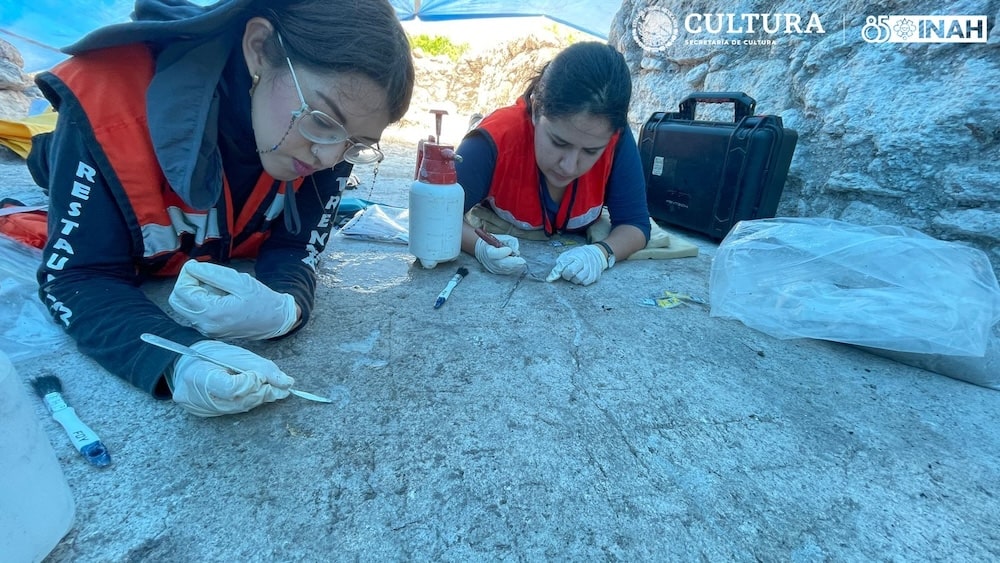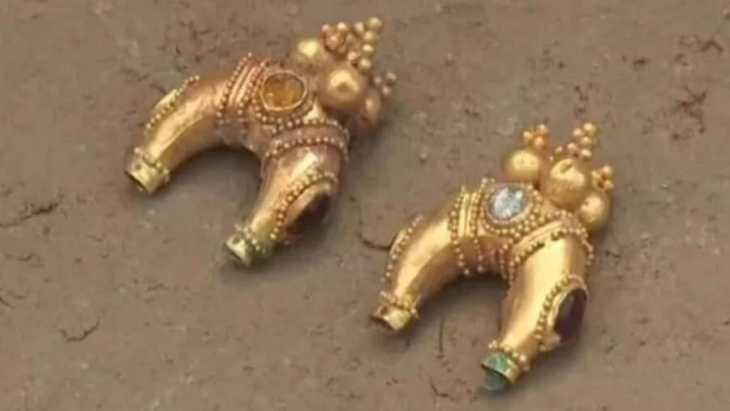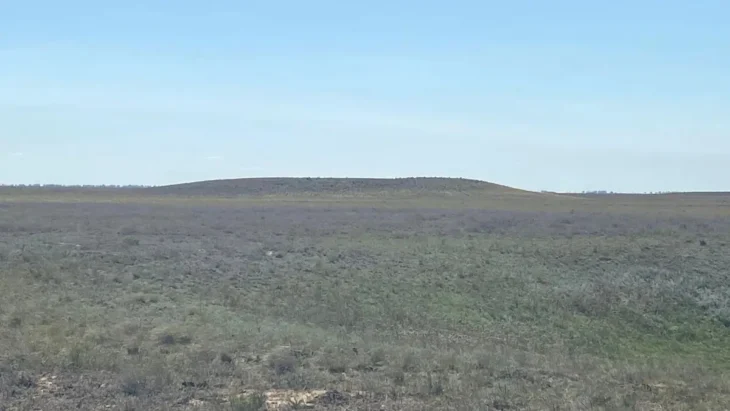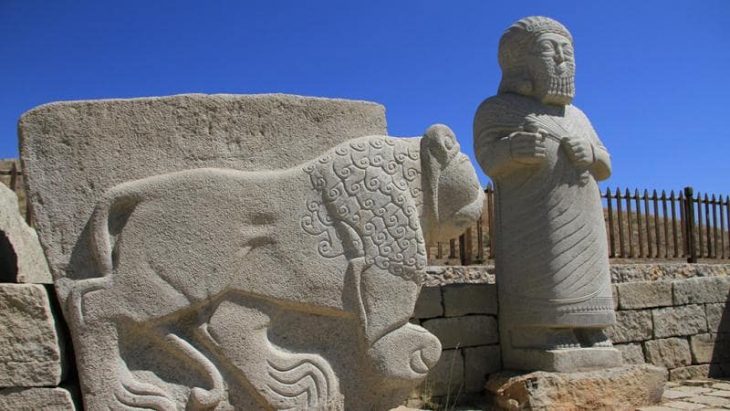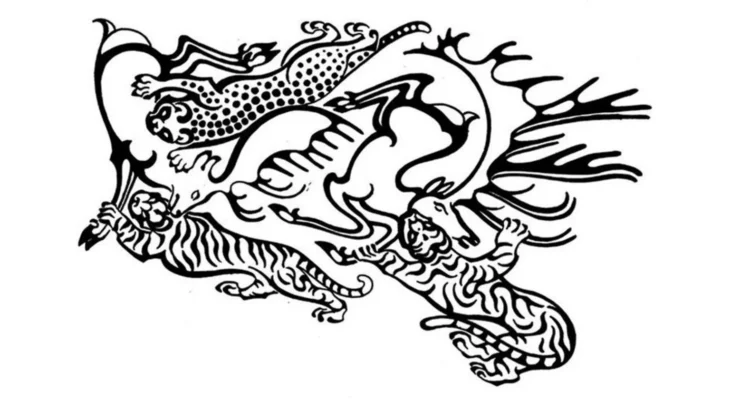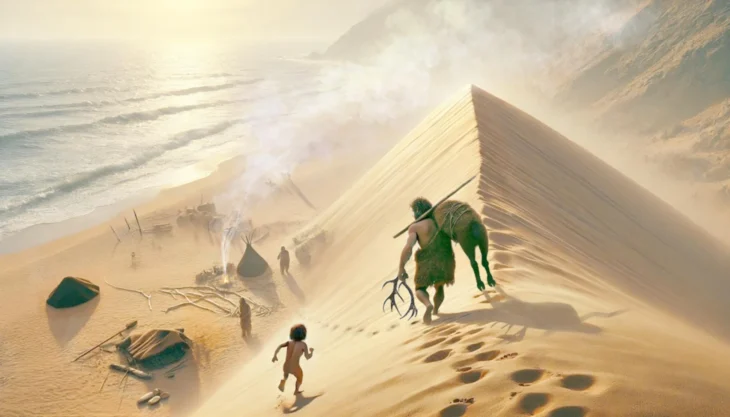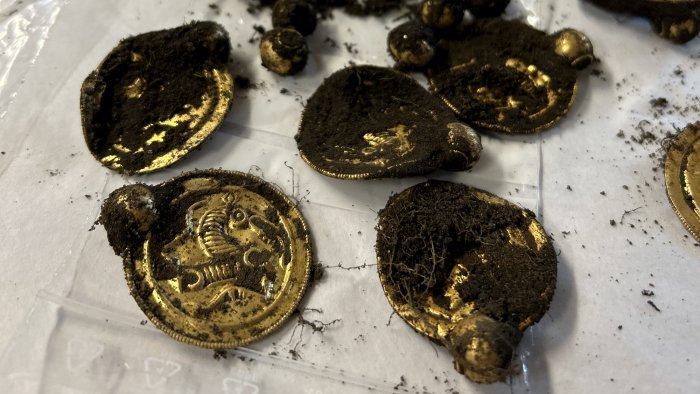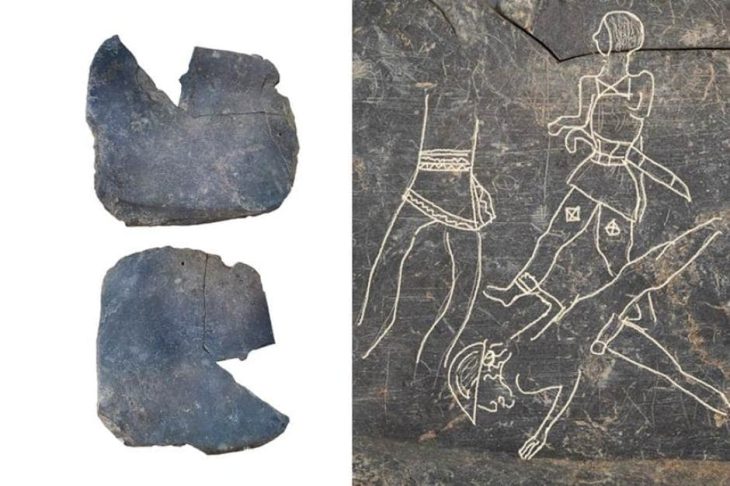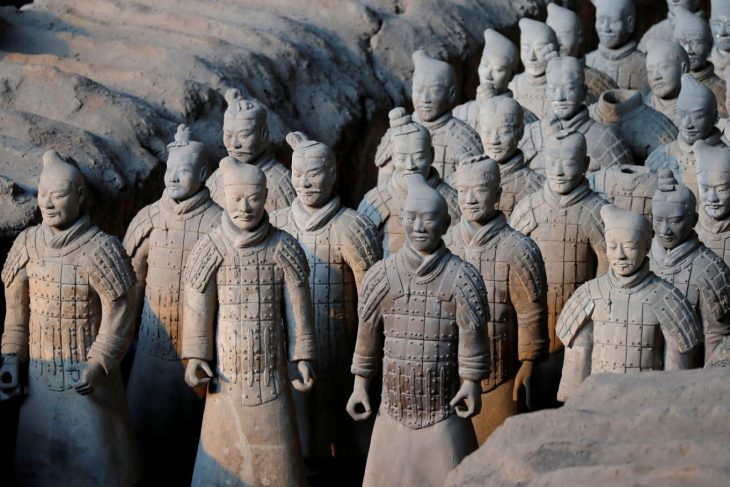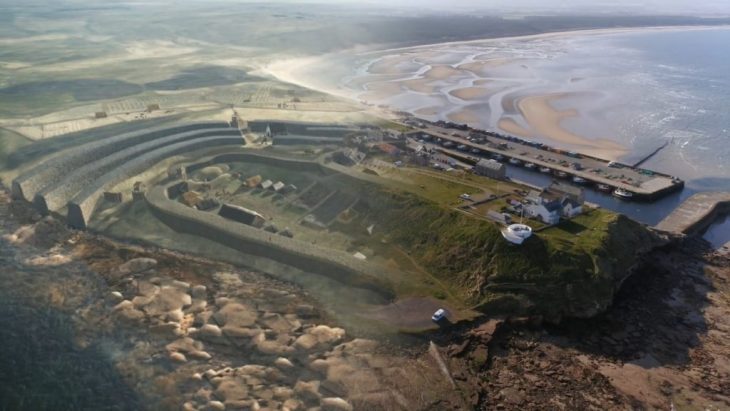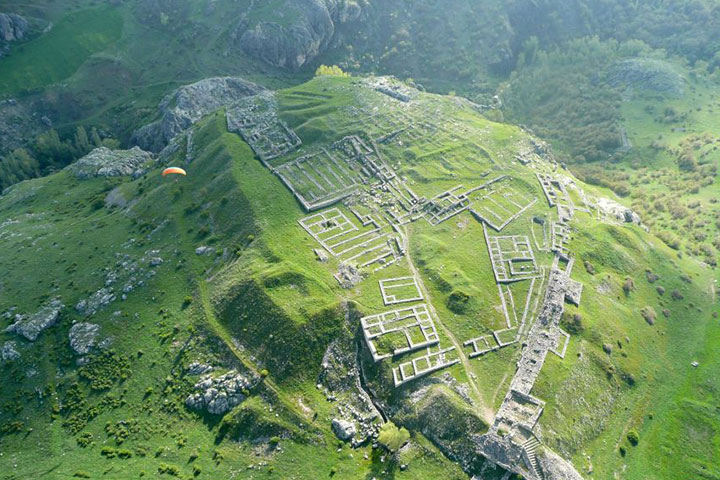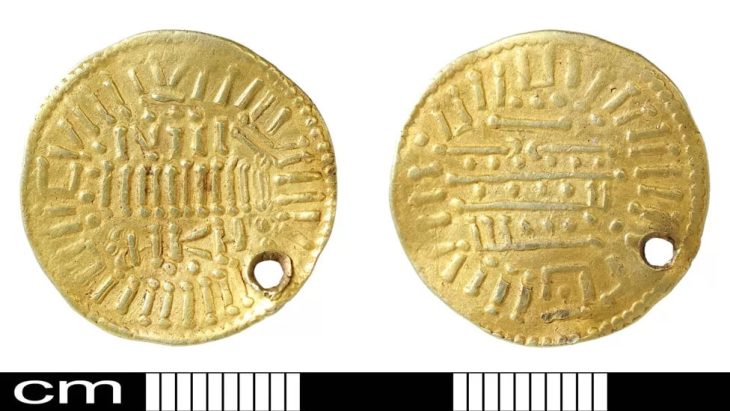In recent rescue excavations in Mexico by archaeologists from the National Institute of Anthropology and History (INAH) nine patolli engravings were discovered along Section 7 of the Maya Train. The findings, believed to be more than 1,000 years old, were recorded along the free highway to Chetumal, near Xpujil in Campeche.
Patolli is one of the oldest known games in America. Enjoyed by both commoners and nobles, it is distinguished by its combination of strategy and luck. A variety of pre-Columbian Mesoamerican cultures played this game and its variants frequently. Teotihuacano, Toltec, Aztec, Zapotec, Mixtec, and pre-Columbian Mayans were among the people who played it.
The term “patolli” derives from the Nahuatl word meaning beans and is associated with deities, offerings, religious rites, and calendrical events, according to documentary sources. This Mesoamerican game involved lines engraved on the ground serving as game boards with beans used as dice. The patollis held recreational value and significant ritual importance within Mesoamerican cultures.
While the game itself was widespread across Mesoamerican cultures, the recent find provides valuable insight into the ceremonial and recreational practices of the region’s ancient inhabitants, possibly from the Late Classic period (600-900 AD).
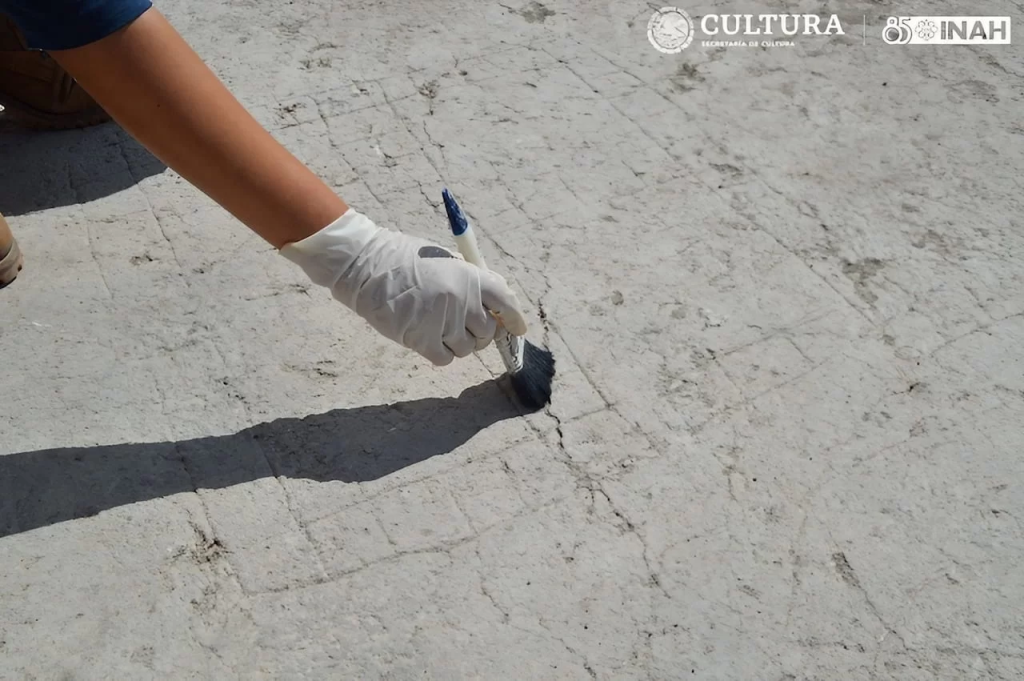
These ancient game boards, carved directly into stucco floors, are currently being preserved in a Chetumal laboratory overseen by the National Institute of Anthropology and History (INAH).
📣 Our WhatsApp channel is now LIVE! Stay up-to-date with the latest news and updates, just click here to follow us on WhatsApp and never miss a thing!!
The restorer noted that the nine patollis rested on a stucco surface measuring 11.3 meters in length by 2.8 meters in width and were found in poor condition.
The engravings showed significant damage, such as cracks, fractures, layer loss, disintegration, and abrasion, which required immediate conservation attention.
Felix Camacho Zamora, coordinator of the Conservation Area of the Archaeological Rescue Project of the Mayan Train, explained to preserve these archaeological assets, emergency measures were implemented, such as limewater injections to stabilize the stucco, and the application of patching and perimeter trims.

Work began on August 23rd. Each artifact was graphically and photographically documented before extraction. The process involved sealing and repairing fissures, cracks, and loss areas. Finally, a protective layer was applied before packing for transport to the Restoration Laboratory in Chetumal.
Experts’ graphic record revealed that there are various patollis styles, including two circular, four square, and others with diffuse lines that make identification challenging. The variations in patolli styles are indicative of the various stages of construction and possible purposes of the building in which they were discovered.
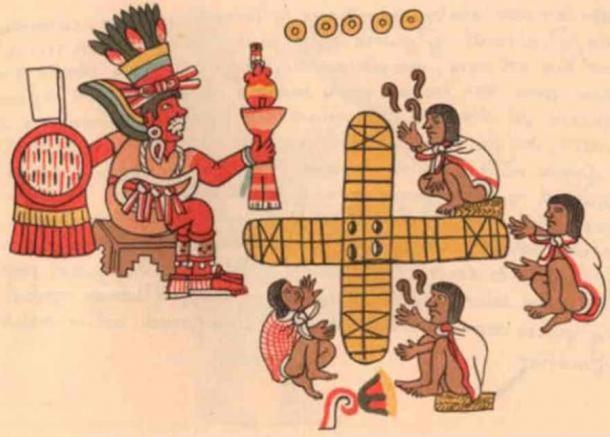
The ceremonial complex was built in at least two stages, according to excavation manager and archaeologist Alfredo Saucedo Zavala. Although more ceramic analyses are anticipated to support this theory, the patollis are thought to have been created between 600 and 900 AD during the Late Classic period.
Cover Image: INAH / Felix Camacho Zamora

